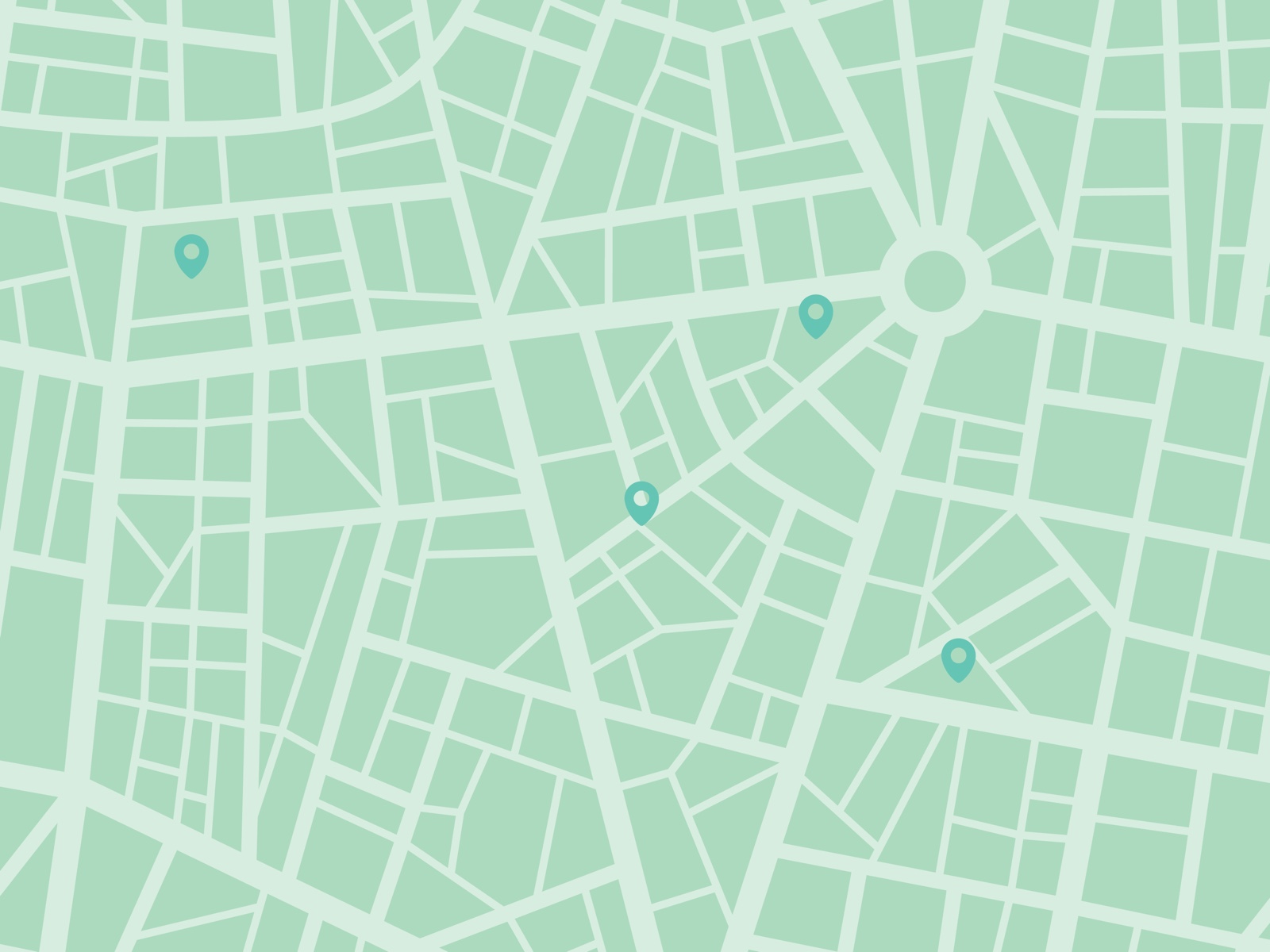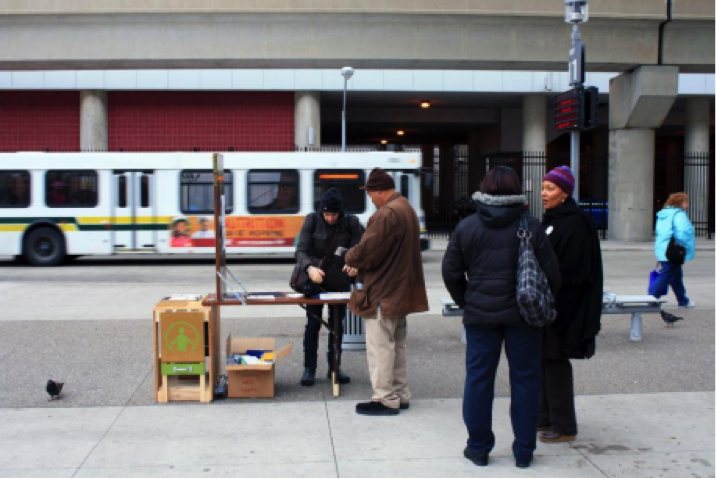
The consistent message in this document is that co-production is not a straightforward path. Shared ownership and responsibility may entail a constant give and take, active dialogue, and a lot of unplanned messiness in all stages of decision-making. Unfortunately, this messiness often conflicts with the strong desire to make public engagement processes as efficient and practical as possible. Striving for maximum efficiency and cost-effectiveness is in fact core to traditional ideas of ‘good governance.’ Yet, inviting citizen participation requires a different way of thinking. Trust building, community nurturing and true, meaningful input is never straightforward. This is not to suggest that governments should stop improving the efficiency of transactions including how services are communicated (i.e. paying parking tickets, clarifying service provision, etc.) and ways to increase public feedback (i.e. 311 systems, online surveys, etc.). Indeed, an improved user experience will help governments seem more credible and transparent in the eyes of their constituents. It might even make people happy. But government’s responsibilities should not end with making happy customers. That’s where it should begin. The transaction is a means to an end, not an end in itself. Sadly, one of the unanticipated consequences of the recent popularity of civic technology, and the allure of big data, is a systematic blindness to the responsibility of government to cultivate dialogue, meaning and co-produce value.

As a counter argument to customer satisfaction and efficiency, it is useful to consider co-production as a kind of meaningful inefficiency, where government systems are designed such that users have the option to play within and with rules, not simply to play out prescribed tasks.11 Consider a conversation on the local social network NextDoor. People talk about lost animals, their favorite sports teams, house parties, and an upcoming ballot initiative. If a platform was set up only to gather feedback on an issue, the inefficiencies of dialogue would be left out, and so would the meanings and connections that come with them. I am not advocating for mere inefficiencies, where systems are simply not designed well and users experience confusion caused by lag in the system (when you have to mail in a check to pay a parking ticket, for example, or that beach ball on your computer just won’t stop spinning). The often unpredictable outcomes that come from public engagement can create nuance in how people relate to issues and understand their community. Like the act of play, public engagement is almost necessarily inefficient in terms of time and resources in the short term. What is often said of games is that the goal of playing a game is to play the game. In other words, if the game is too easy or ends too soon, then the game did not do what it was intended to do, which is to give the player the opportunity to play. While public engagement has to be outcome oriented, it also has to be thought of as a process that has intrinsic value for the participant.

Much of the work cities are doing as part of the City Accelerator cohort on public engagement veers towards meaningful inefficiencies. For example, the City of Albuquerque, in its attempt to better source and provide resources for immigrant entrepreneurs, has launched a series of community “deep dives” with the mayor and several “design-thinking” workshops to harness the collective concerns and social innovation of the population. There is nothing efficient about long conversations, but the team in Albuquerque would say that there is no other way do this work. Or as Ariel White, a social worker and project coordinator in New Orleans suggests, “Once you engage people a little bit, and then it comes up a little bit more, and then you get a little bit more of it, it’s like Incrementalism in Government 101. It’s this slow, continuous outreach and engagement. Showing up, and being there, having great service delivery, showing people that you care-that’s the best thing that we do. I show up at the libraries and the bars and the other places. It’s really about, slow, steady engagement.”
The City of Baltimore is seeking to understand gaps in service delivery and communications impacting people reintegrating back into society from prison. To do so, they have organized peer-led focus groups and design sessions in the interest of cultivating community and networks. As a result, the City has created a mobile app designed in a co-production process between government and the direct recipients of services. The lesson is that mere efficiencies developed outside of community connections and trust, will go unused.
Things to Keep in Mind
- While efficiency in some civic services which often focus on exchange and transaction may result in public satisfaction, government also needs to prioritize dialogue and participation.
- Many citizen contributions including ideas, questions, and attendance at events are inherently inefficient but important to building trust and relationships.
- Meaningful inefficiencies can increase the sustainability and adoption of public services and strengthen community networks and partnerships.
Notes
11 Gordon, Eric, and Stephen Walter. 2016. “Meaningful Inefficiencies: Resisting the Logic of Technological Efficiency in the Design of Civic Tech.” In Civic Media: Technology, Design, Practice. Cambridge, MA: MIT Press.
